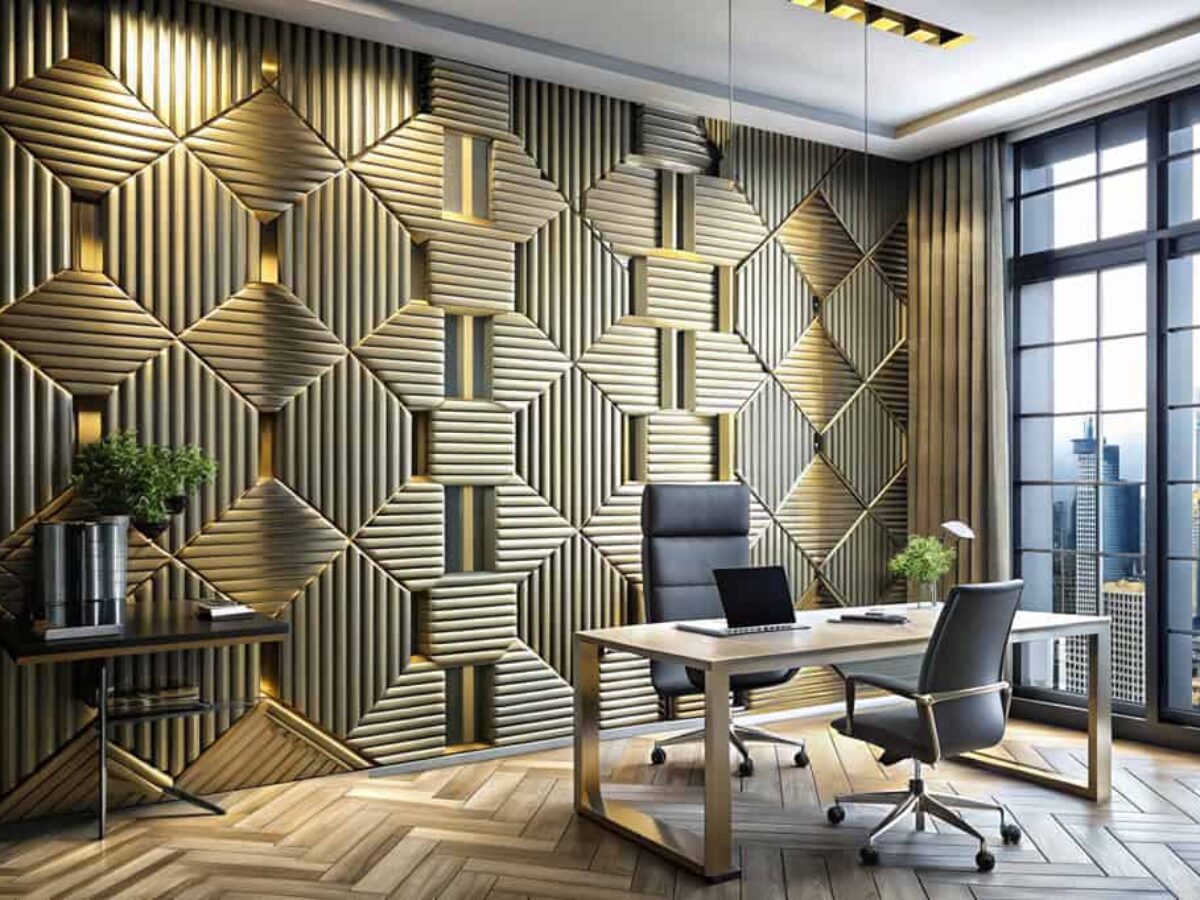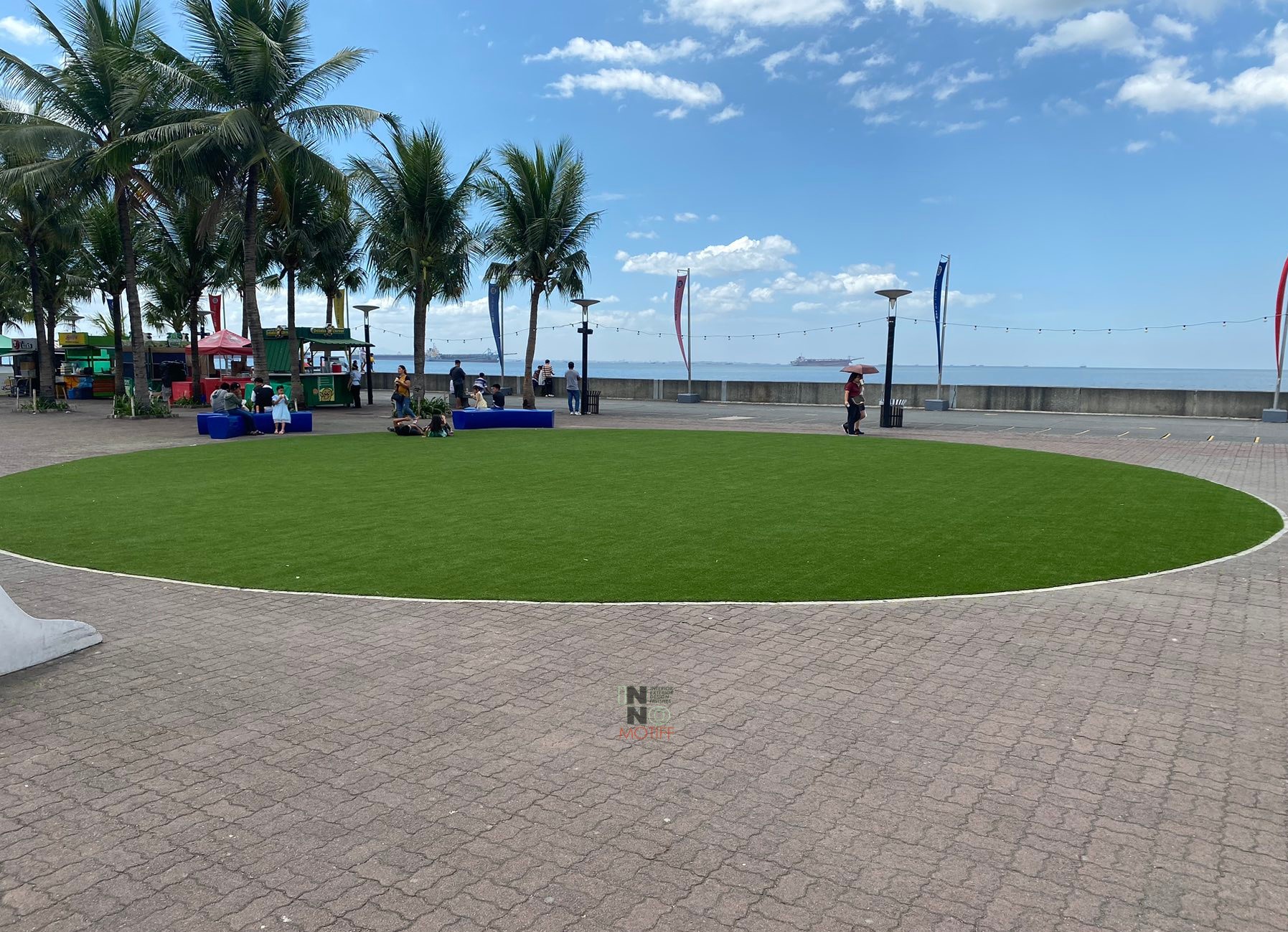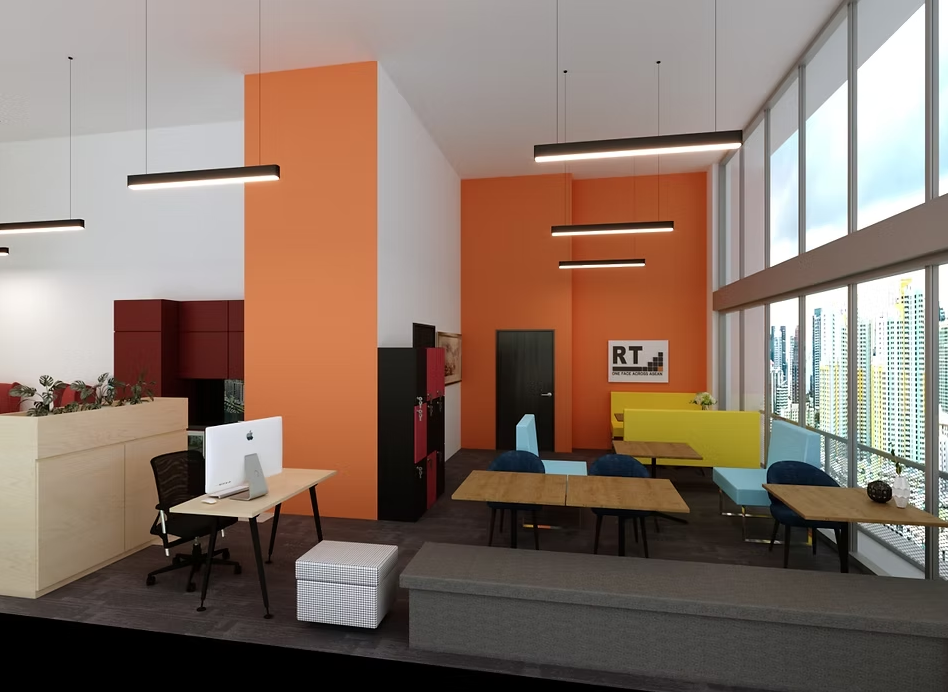What Are 3D Wall Panels and Why They Stand Out
3D wall panels are innovative interior design elements designed to add depth, dimension, and texture to any space. Unlike traditional paint or wallpaper that offers flat finishes, these panels create a visually striking effect by playing with light and shadows. They are made from a wide range of materials, including PVC, MDF, plant fiber, gypsum, and even leather, each bringing its own advantages. Homeowners and business owners alike appreciate how these panels instantly convert plain walls into statement features. Beyond looks, 3D wall panels are also practical since many provide added insulation or sound absorption. Their versatility means they can complement both modern minimalist interiors and more classic, ornate settings. This combination of beauty and function makes them a highly desirable choice in contemporary design.
The Benefits of Installing 3D Wall Panels
Choosing 3D wall panels goes far beyond aesthetics, offering numerous practical benefits for both residential and commercial spaces. The most obvious advantage is their ability to turn plain walls into stunning focal points, creating visual interest that sets rooms apart. They are more durable than paint or wallpaper, resisting wear and tear over time. Certain types of panels, such as gypsum or fabric-based options, also improve acoustic performance, making them popular in offices, restaurants, or entertainment areas. Cleaning and maintenance are simple with most materials, especially PVC, which only requires a quick wipe down. These panels can also add value to a property by enhancing its appeal during resale. For businesses, stylish walls elevate brand image and customer experience. Ultimately, the combination of durability, design, and practicality makes 3D wall panels a smart long-term investment.
Popular Materials for 3D Wall Panels
One of the reasons 3D wall panels are so versatile lies in the variety of materials available. PVC panels are lightweight, affordable, and resistant to water, making them ideal for bathrooms, kitchens, and budget-conscious projects. MDF and wood-based panels bring warmth and natural charm, often chosen for living rooms and offices that need a cozy atmosphere. Plant fiber panels stand out for being eco-friendly, appealing to homeowners who prioritize sustainability. Leather or upholstered fabric panels add luxury and comfort, perfect for bedrooms, lounges, or executive offices. Gypsum panels are known for being fire-resistant and offering exceptional customization through carving and painting. Each material caters to different design goals, giving interior designers and property owners freedom to experiment with looks and textures. By understanding material strengths, it becomes easier to select panels that match both aesthetic and functional needs.
Design Styles and Patterns of 3D Wall Panels
The design possibilities with 3D wall panels are almost limitless, making them suitable for a wide range of interior themes. Geometric shapes, such as cubes, hexagons, and waves, lend themselves well to modern and contemporary styles. Traditional interiors benefit from more ornate or symmetrical designs that resemble classic moldings. Nature-inspired patterns, like leaves, ripples, or stone textures, bring an organic feel to interiors. Businesses often opt for custom designs that reflect their branding or create a memorable impression on clients. Lighting plays a crucial role in showcasing these patterns, as shadows and highlights enhance the depth effect. Accent walls designed with 3D panels can serve as conversation starters in living rooms, hotel lobbies, or dining areas. Whether bold or subtle, the design options available make it possible to personalize interiors in unique ways.
Best Applications for 3D Wall Panels
Versatility is one of the strongest features of 3D wall panels, as they can be applied in numerous settings. In homes, they are often used for living room accent walls, headboards in bedrooms, or as decorative ceilings. Offices benefit from them in reception areas, boardrooms, and collaborative spaces where they enhance aesthetics and acoustics. Hotels and restaurants rely on them to create memorable atmospheres, impressing guests with stylish textures and lighting effects. Retail shops use them for display backdrops, highlighting products against eye-catching walls. Even ceilings can be elevated using panel designs that add sophistication and depth. Smaller applications, such as covering a single corner or hallway, also work beautifully to add character. This adaptability ensures that no matter the type of space, 3D wall panels can make a positive design impact.
Cost Considerations and Installation Process
When considering 3D wall panels, it is important to understand cost factors and installation requirements. Prices vary depending on material, design complexity, and the size of the area being covered. PVC panels are usually the most affordable, while leather or customized gypsum panels tend to be more expensive. Labor costs also play a role, as intricate patterns may require professional installation, whereas simpler panels can often be installed as a DIY project. Surface preparation is crucial, ensuring walls are clean and level for the best adhesion results. Adhesives or framing systems are commonly used to secure panels firmly in place. Once installed, maintenance is generally minimal, with regular dusting or wiping sufficient for most materials. Factoring in both upfront costs and long-term durability, many property owners find 3D wall panels to be a cost-effective design choice.
How 3D Wall Panels Improve Interior Design Value
3D wall panels enhance interior spaces by dramatically improving both their visual and functional value. They create depth that makes rooms feel more dynamic and interesting, moving beyond the limitations of flat surfaces. By adding texture, they change how light interacts with walls, producing moods that range from relaxing to energizing depending on the design. For homeowners, this upgrade can refresh outdated interiors without a full renovation. For businesses, panels contribute to creating environments that feel professional, inviting, and memorable to clients. Their ability to blend seamlessly with other design elements like furniture, lighting, and color schemes increases their versatility. Whether used sparingly or extensively, panels consistently add a sense of sophistication. This ability to transform ordinary spaces into extraordinary ones contributes greatly to their growing popularity.
Choosing the Right 3D Wall Panels for Your Space
Selecting the best 3D wall panels for a space requires balancing design preferences with practical considerations. Room size plays a role, as bold patterns work well in large spaces, while subtle textures are better suited for smaller rooms. Lighting is another important factor since it enhances the dimensional effect of the panels. Matching panels with existing furniture, flooring, and color schemes ensures harmony in design. Budget considerations often determine material choice, with eco-friendly plant fiber or premium leather panels catering to different ends of the spectrum. Businesses may prioritize durability and branding options, while homeowners may focus on comfort and style. For those aiming for sustainability, recyclable or eco-conscious materials provide a responsible choice. By weighing these factors, property owners and designers can make confident decisions that enhance both beauty and practicality.
FAQ Section
Q1: Are 3D wall panels easy to install?
Yes, many 3D wall panels are designed for straightforward installation using adhesives, but complex patterns or heavy materials may require professional help.
Q2: Can 3D wall panels be used in bathrooms and kitchens?
Absolutely. Materials like PVC are water-resistant and suitable for humid areas, while wood-based or fabric panels are best reserved for dry spaces.
Q3: How do you clean and maintain 3D wall panels?
Most panels require simple dusting or wiping with a damp cloth. Materials like PVC and gypsum are especially low-maintenance, while leather panels may need gentle care.
Q4: Are 3D wall panels durable enough for commercial spaces?
Yes, many panels are built to withstand heavy use, particularly PVC and gypsum panels, which perform well in offices, hotels, and retail environments.
Q5: Do 3D wall panels help with soundproofing?
Some panels, particularly fabric, leather, and gypsum varieties, provide acoustic benefits by absorbing sound, making them useful in offices, studios, and entertainment spaces.











